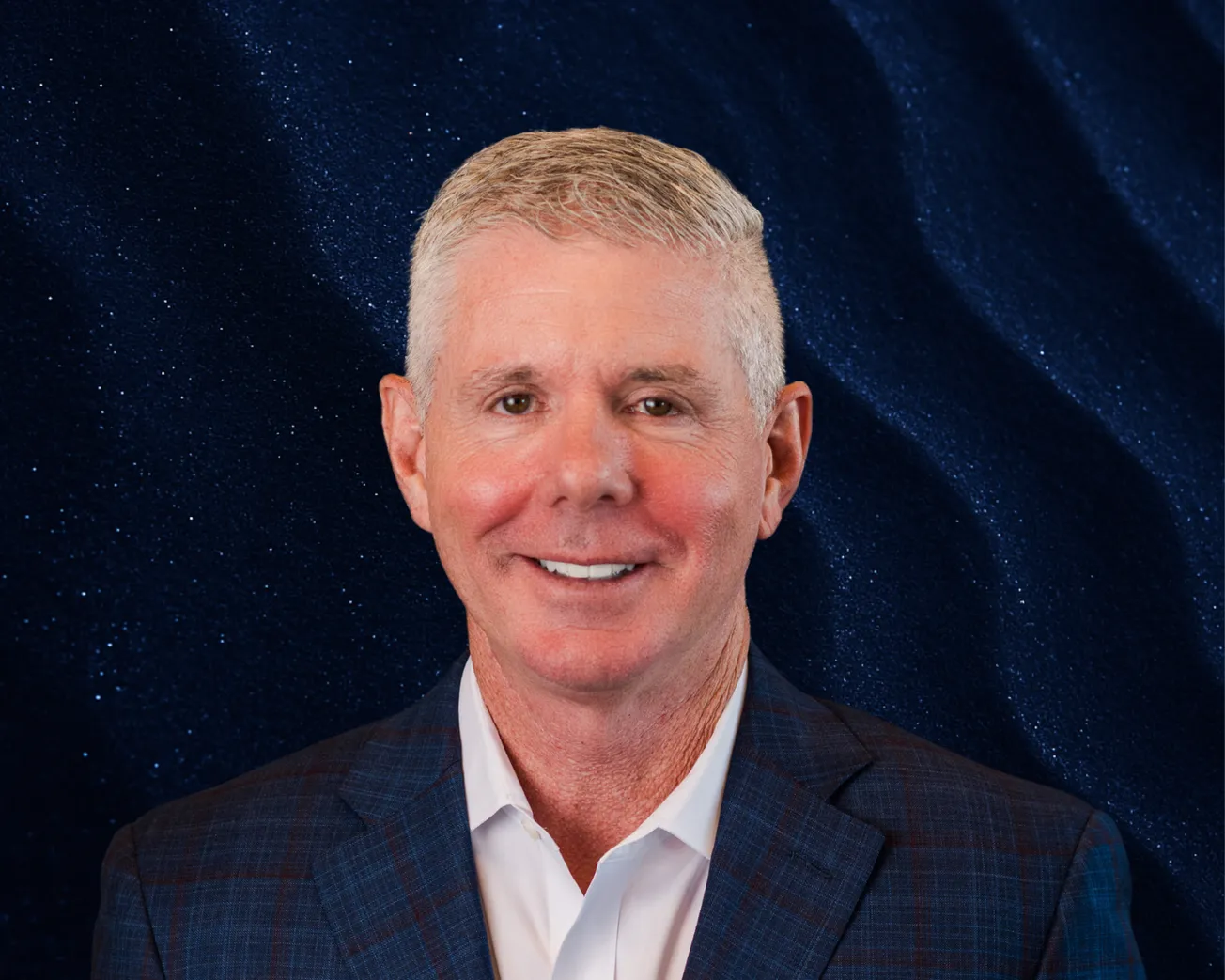Table of Contents
Curtis VanWalleghem, CEO of Hydrostor, sat down with Onyx for a feature-length interview.
Could you start by giving us an idea of your career background prior to Hydrostor?
I grew up in a remote Northern Ontario town, played varsity ice hockey at the University of Toronto, and studied industrial engineering. I got the Jeffrey Skoll scholarship (eBay founder) to do a joint engineering-MBA program.
After graduation, I joined Deloitte's corporate strategy group, traveling globally for about eight years doing turnarounds and mergers. Later, wanting a family life, I moved back to Toronto and joined Bruce Power, a nuclear and wind generator, managing their budgets. At Bruce Power, I saw costs rising because nuclear plants had to shut down when there was excess power. Ontario’s grid had so much hydro and nuclear that excess wind and solar generation forced costly operational adjustments. When the board suggested pumped hydro storage, I couldn’t find suitable sites, so we looked for alternatives.
In 2008, I came across Cam Lewis' patent for compressed air storage using underwater buoyancy—essentially the inverse of pumped hydro. Seeing the potential, I quit my job, poured in my savings, raised as much funds from my family and friends as I could, and founded Hydrostor in 2010.
What sets your compressed air technology apart from traditional methods?
Traditionally, compressed air storage uses salt caverns, as salt is airtight, and is easily solution-mined by flushing water and pumping brine out. But salt formations are rare, limiting where sites can be built. Another issue with traditional compressed air systems is that the heat generated during compression is wasted, and later, natural gas is burned to reheat expanding air, producing carbon emissions. Hydrostor’s innovations solve these two issues. First, Hydrostor’s approach allows facilities to be built anywhere with decent rock formations.
We use hard rock caverns with water ballast. As the air goes in, water is pushed out, and then as the air leaves, water returns. This design allows for 100% depth of discharge. Even though drilling rock is more expensive than solution-mining salt, you need a smaller footprint because of that ballast approach.
Second, we capture and reuse the compression heat, eliminating the need for natural gas and boosting efficiency.
Our approach builds on existing compressed air technology, which has existed for 40-50 years, and provides site flexibility and emission-free operation at comparable costs to traditional methods.
What's the cost-benefit between building new versus repurposing existing environments?
Repurposing rarely offers meaningful savings. Below-ground infrastructure makes up only a third of our total cost. Even finding an ideal old mine might save just $50 million on a $1.5 billion project, often offset by grid connection costs or contamination issues. So, our model is primarily greenfield development focused on optimal grid connections.
Who manages the operations day-to-day, and what's the facility's lifespan?
We're project developers with patented technology, not equipment manufacturers. We handle site development, secure contracts, financing, and hire construction firms. Post-construction, we operate as owner-operators but outsource equipment maintenance to suppliers like GE or Baker Hughes.
Each facility employs around 15 full-time people on site for operations, plus occasional subcontractors. Underground, it’s effectively just rock, water, and air - the only real moving parts are compressors and turbines. This means our plants can typically operate for over 50 years, requiring minimal maintenance and the occasional reconnaissance with a drone down the shaft.
What factors are guiding your choices for new markets or expansions in the next few years?
We target markets where our solution is economically competitive. Gas plants cost around $2,500 per kilowatt; we’re about the same, but without fuel costs since we utilize surplus renewable energy.
Batteries are good for short-duration storage, but once you get into eight to ten hours of storage, we’re much cheaper because adding another hour of battery is around $300 per kilowatt-hour, whereas for us, it’s as little as $50.
Our first hour might be more costly, but each additional hour gets much cheaper. This means our key markets are those with variable energy sources like solar and wind, which rely on longer-duration storage. Our early markets were California and Australia, both abundant in renewable energy with limited access or preference against natural gas.
Now, we're seeing opportunities throughout the U.S., Ontario, Australia, Italy, Spain, Chile, and increasingly other regions as global renewables adoption grows. Of course, remaking entire grids, shutting down coal, building new lines and pushing through permits, all takes time but the momentum is real.
As you continue your international growth, how do you feel about current trade tensions or tariffs? Opportunity, threat, or both?
Honestly, it’s mostly negative - increasing costs and reducing funds available for green initiatives. That said, North American tariffs on Chinese batteries have inadvertently benefited us by raising our competitors' costs in that market.
Conversely, it’s pushed more battery competition into Australia. So there are wins and losses. Ultimately, trade barriers are economically harmful, and hopefully, more rational policy-making will return soon.
Can you elaborate on your recent funding rounds?
We secured $250 million from Goldman Sachs and the Canadian Pension Plan in 2022, followed by another $200 million more recently, including the Canada Growth Fund.
These funds finance project development, land acquisition, interconnection, and engineering—each site costing about $50 million before construction.
Additionally, we secured a $1.8 billion debt package from the U.S. Department of Energy. Ultimately, as capital-intensive as our business is, we foresee transitioning toward a licensing model after building and operating around five or six more initial facilities ourselves.
From start to finish, how long does it take to see a single facility up and running?
Construction takes roughly four years, preceded by two to three years of development. So, start-to-finish, it’s about six to seven years. Batteries can be quicker—around two to three years total—but face shorter lifespans, recycling challenges, and permitting risks from fire hazards.
We always say that for a successful energy transition, you need a mix of storage solutions, batteries, pumped hydro, and, of course, compressed air storage.
Lastly, some trivia - can you remember how many goals you scored during the 1998-99 Canadian university hockey season?
Ooh… maybe four goals and ten assists?
I don’t want to cause a stir, but my research officially dug up 2 goals and 5 assists - if you’re disputing it, I’m willing to write in with a correction!
The official stats might differ! It’s like those fishing stories - the longer it’s been, the bigger the fish. But trust me, those goals were top shelf, off the post, every one a game-winner!






